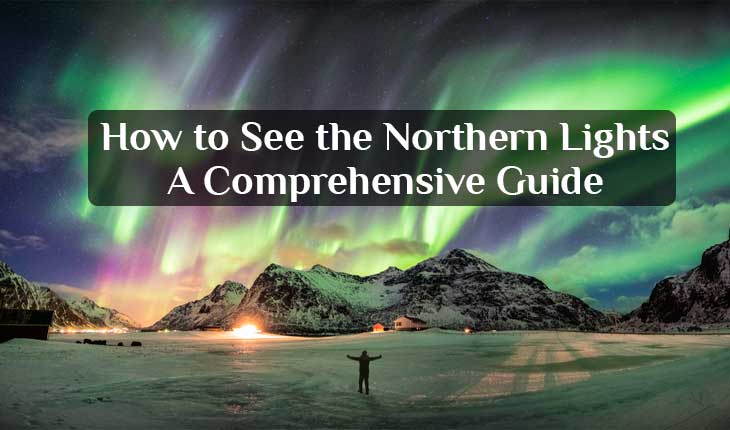If you’ve ever seen photos or videos of the Northern Lights, you’ll know why so many people are captivated by this natural wonder. The vibrant colors and ethereal movement of the lights are unlike anything else on Earth, making it a must-see for any traveler.
But how do you actually see the Northern Lights in person? Here’s everything you need to know.
- When to Go
The best time to see the Northern Lights is during the winter months, from late September to early April. This is when the nights are longest and darkest, providing the perfect conditions for viewing the lights. Of course, weather conditions can vary, so it’s important to check the forecast before you go.
- Where to Go
The Northern Lights can be seen in a number of different countries, including Norway, Sweden, Finland, Iceland, Canada, and Alaska. Some of the best places to see the lights include:
- Tromsø, Norway
- Abisko, Sweden
- Rovaniemi, Finland
- Reykjavik, Iceland
- Yellowknife, Canada
- Fairbanks, Alaska
Each of these locations offers unique opportunities for viewing the Northern Lights, so it’s worth doing some research to decide which one is right for you.
- Finding the Best Viewing Locations
Once you’ve chosen your destination, you’ll want to find the best viewing locations. Ideally, you’ll want to be away from city lights and in an area with clear skies. Many tour companies offer Northern Lights tours that take you to prime viewing locations, or you can try finding your own spot with the help of apps like Aurora Forecast and Aurora Alerts.
- Capturing the Perfect Photo
Of course, you’ll want to document your Northern Lights experience with photos! To get the best shots, you’ll need a camera that can handle long exposures and low-light conditions. It’s also a good idea to bring a tripod to keep your camera steady. If you’re new to night photography, it’s worth practicing before your trip so you’re ready to capture the moment when it happens.
- Other Tips for Seeing the Northern Lights
- Be patient! The Northern Lights are a natural phenomenon, so there’s no guarantee that you’ll see them on any given night.
- Dress warmly. You’ll likely be spending hours outside in the cold, so make sure you’re bundled up in warm clothing and comfortable shoes.
- Check the forecast regularly. Weather conditions can change quickly, so it’s important to stay up-to-date on the latest information.
- Consider booking a tour. A guided tour can provide you with expert knowledge, transportation to and from viewing locations, and a higher likelihood of seeing the lights.
In conclusion, seeing the Northern Lights is a once-in-a-lifetime experience that should be on every traveler’s bucket list. With a bit of planning and some luck, you can witness this breathtaking natural wonder for yourself.

